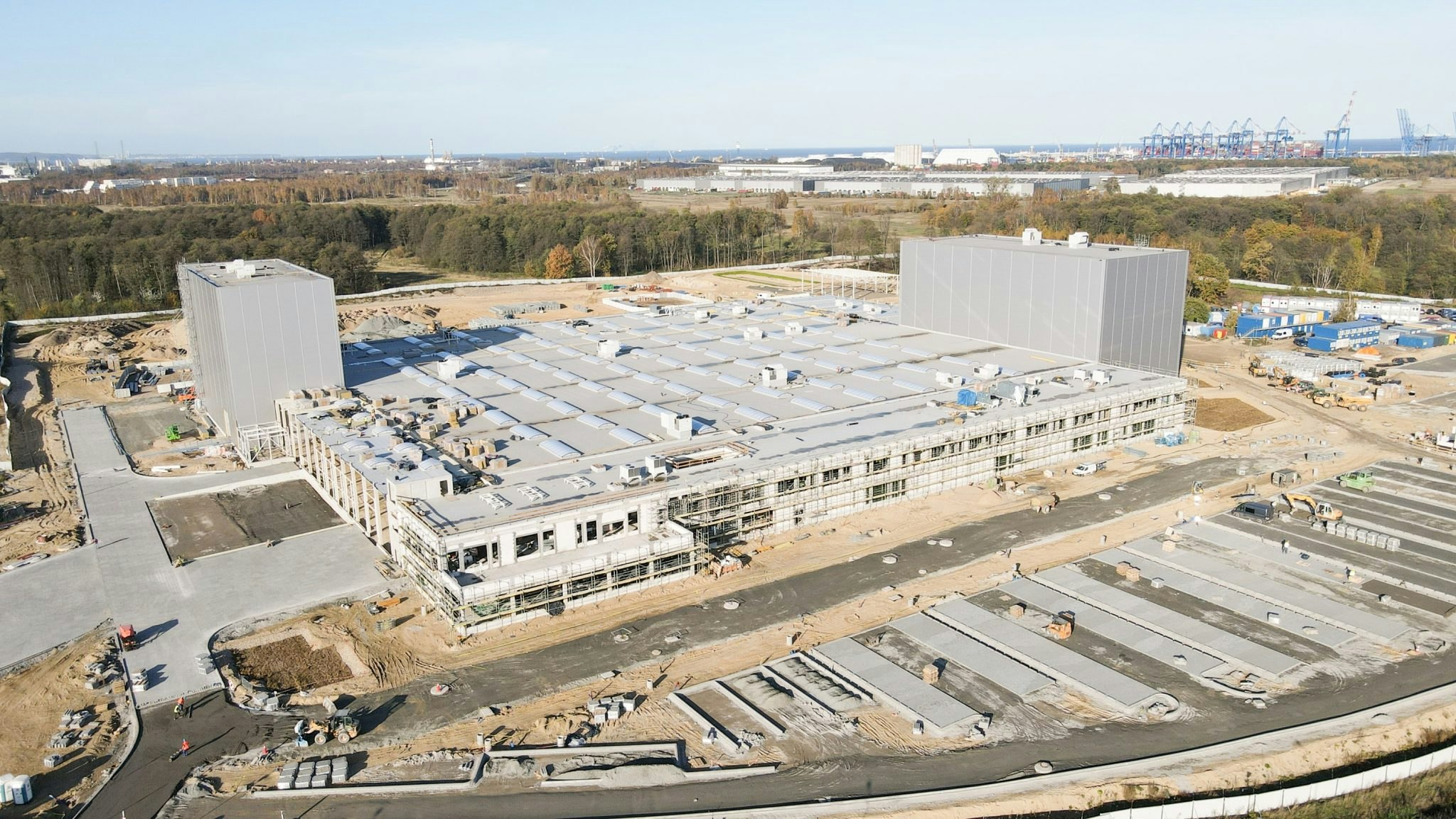Solar power generation soared in Europe this summer, saving the continent's consumers billions as fossil fuel prices soared.
The European Union generated 12% of its power from solar energy between May and August, a record-breaking figure, according to analysis by climate-focused think tank Ember. It estimates that the uptick in solar power saved the continent €29bn in gas imports over the summer.
So, as solar interest surges, how are startups getting in on the act?
Investment into Europe’s solar tech industry reached a record $975m last year, according to data from Dealroom — and 2022 is on track to far overshoot that.
The biggest recent rounds were raised by 1Komma5 and Enpal, which are both focused on residential solar installation. 1Komma5, based in Hamburg, raised a €200m Series A in April this year, and Enpal raised a €150m Series C round at the end of last year.
But where are the next opportunities in the solar tech sector? We asked investors.
Solar management software
HV Capital, a German VC, is a backer of Enpal. Maximilian Zoller, principal at the firm, says there’s a growing opportunity for investors to back software tools used to manage solar power plants.
"The amount of solar and other decentralised assets will only increase over the next years and decades, so we believe there will also be a growing software market for the management of these assets,” he says.
“Solytic and ampere.cloud are software companies tackling the utility-scale solar market, which covers massive solar plants where even tiny improvements through better monitoring can make a big difference to the asset owners,” Zoller says. Utility-scale solar is large-scale generation on dedicated sites, as opposed to residential solar on homes.
“Solarize is an example of a software company opening up new markets to photovoltaic solar. They help commercial real estate owners utilise their rooftops by offering their tenants microgrid services,” he adds.
Zoller says we could see different software players emerge to cater for different segments of the market — one for residential solar, one for commercial solar and one for utility-scale solar, for example.
Agrivoltaics
Agrivoltaics, sometimes known as agrisolar, is the simultaneous use of areas of land for both food production and power generation, eliminating the competition for land use. Companies are working on things like see-through panels that allow crops to grow beneath them.
Sebastian Heitmann, cofounder at Extantia Capital, says it’s a big area of opportunity for startups. “It’s probably the biggest trend, and has the most potential for build out. It will try to play a huge role adding megawatts to the grid.”
At present, agrivoltaics are in pilot phase but analysts focused on the solar market are bullish on the subsector, Heitmann says.
Perovskite cells
There’s still work to be done on improving the efficiency of cells themselves, Heitmann says — and it’s something startups are working on.
There’s particular focus on incorporating a material inspired by the crystal structure of the mineral perovskite into solar cells, which proponents say can both lower the cost of production in comparison to traditional photovoltaics, and up the efficiency of power generation itself.
“Next-generation cells are yet to become really commercial but there’s a lot of research in the space and it’s definitely a topic,” says Heitmann. Oxford PV, based in the UK, is working on the tech, and has raised $125m from investors.
Cleaning and maintenance
There’s also an opportunity in backing cleaning and maintenance tech, says Camilla Mazzolini, cofounder of Planet Fund, part of the Founders Factory group.
Despite the uptick in the number of new photovoltaic cells sold each year, the tools to keep the existing stock going aren’t being developed, she says. “The operational side has been neglected; it’s still unsophisticated tools, mainly run out of Excel.”
Norway’s Skyfri is an example of new tech entering the space, Mazzolini says. The company’s building AI-powered predictive analytics tools for solar farms, to detect the root cause of underperformance. There are also a number of companies working on robotics systems to clean large-scale solar plants.
Recycling solar panels
If startups can figure out ways to recover the raw materials that go into photovoltaic (PV) cells, there is another big opportunity to be had, Mazzolini says.
It’s estimated that the solar PV recycling market will be worth $2.7bn by 2030, as demand for the components rises and the first wave of large-scale solar farms start reach decommissioning.
There are a number of European startups working in the space, including French company ROSI, which recycles raw materials from end-of-life solar panels – and which has received funding from the EU’s Innovation Council.
Novel ways of financing solar
Mazzolini is also betting on “anything around providing point of sale financing solutions” for rooftop solar, she says.
She names Berlin-based Zolar, which allows users to rent or buy PV systems, as an example, alongside Noah Energy, based in the UK and Spain, which offers payment plans to remove the upfront cost of installing solar panels for customers.


